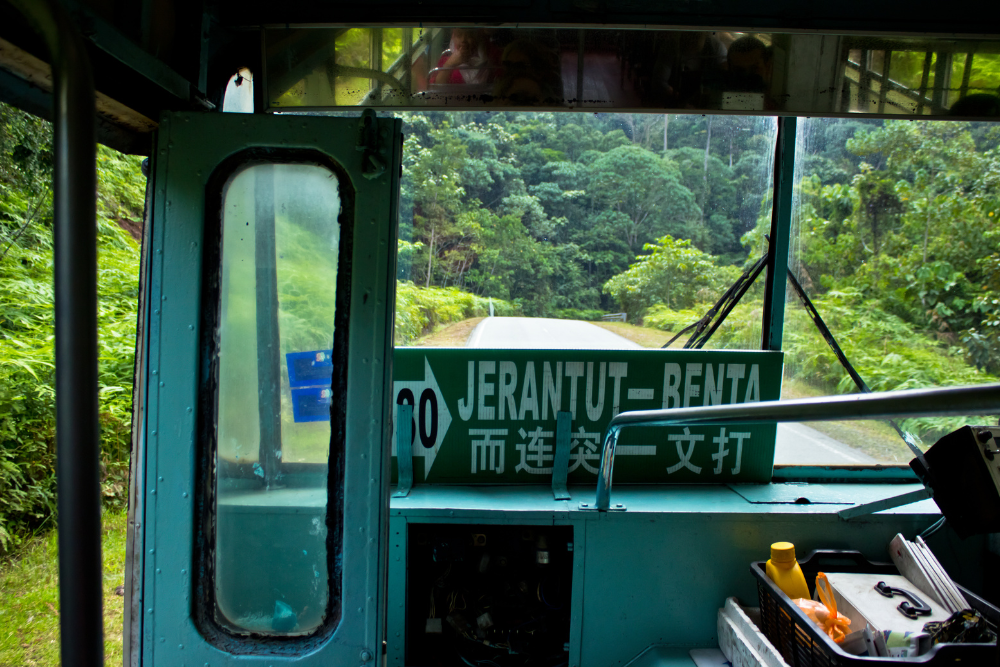Malaysia, a vibrant and rapidly developing country, has seen significant transformation in its public transport infrastructure over the past several decades. The evolution of its transportation system is a fascinating journey that mirrors the nation’s growth, modernization, and urbanization. From humble beginnings with traditional modes of transport to the modern-day rapid transit systems, Malaysia’s public transport infrastructure has continually adapted to meet the needs of a growing population and bustling cities like Kuala Lumpur.
This article will explore the evolution of Malaysia’s public transport system, highlighting its major milestones, challenges, and the exciting innovations shaping the future of travel in the country.
1. The Early Days: Traditional Forms of Transportation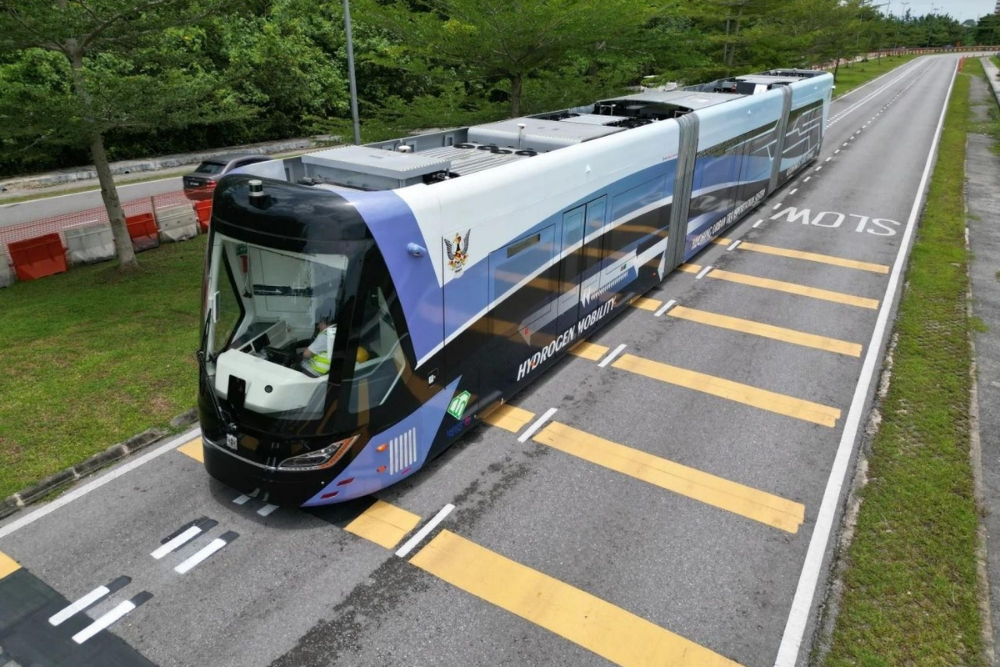
Before the advent of modern public transport systems, Malaysia’s transportation was heavily reliant on traditional and manual forms. Early transport in both urban and rural areas largely consisted of pedestrian travel, bicycles, and animal-drawn carts. The first significant step in public transport came with the introduction of trams and buses.
The Trams (1880s)
The first public transportation system in Malaysia emerged in the late 19th century when the British colonial government introduced trams in Penang and Singapore (then part of British Malaya). The Penang tram system, in particular, is a notable example, and it operated until the 1960s. These early tram systems played a crucial role in connecting key parts of the city, particularly in bustling urban centers like George Town.
The Buses (1920s-1930s)
By the 1920s and 1930s, buses began to replace trams as the primary mode of public transport. Early bus services started in Kuala Lumpur, connecting suburban areas to the city center. Bus companies like Syarikat Pengangkutan Awam Selangor (SPAS) and Malayan Bus Company began offering regular services, primarily serving the urban population.
Although these early buses provided a vital connection to city hubs, the transportation networks were limited, and routes were often irregular. The lack of consistency and infrastructure was one of the primary challenges faced by the public transport system in the early years.
2. The Post-Independence Era: Expansion and Development (1950s-1970s)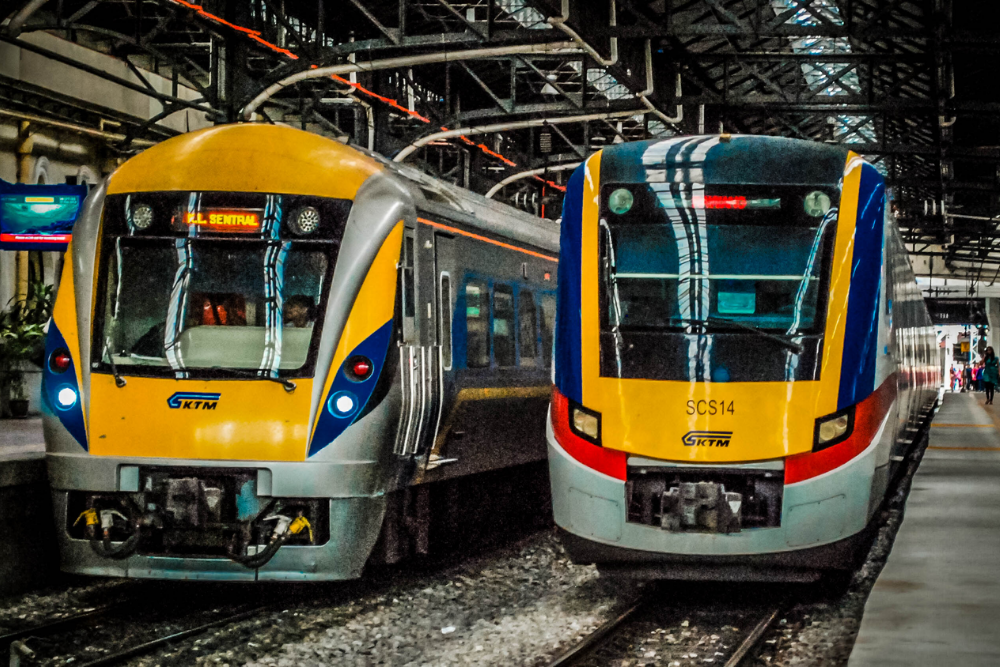
After Malaysia gained independence in 1957, the country saw rapid growth and urbanization. The population of cities like Kuala Lumpur expanded exponentially, and there was an increasing need for a more structured and reliable public transport system.
The Introduction of Railways (1950s-1960s)
During the 1950s and 1960s, Malayan Railways (now Keretapi Tanah Melayu or KTM) continued to play a vital role in long-distance travel across the country, particularly for intercity connections. The railway network, which connected Kuala Lumpur to southern and northern regions of Peninsular Malaysia, was crucial in facilitating trade and the movement of people.
The Kuala Lumpur Bus Service (1960s)
The rapid urbanization of Kuala Lumpur during the 1960s saw the establishment of a more organized bus system. The Cityliner bus service was introduced, initially operating limited routes in the city. Over time, it expanded and became more reliable, offering regular schedules, and making it easier for urban dwellers to commute across the city.
However, challenges still existed, as traffic congestion in cities like Kuala Lumpur continued to hinder efficient bus services, prompting the government to explore alternatives for modernizing the transport system.
3. The 1980s-1990s: The Era of Modernization and Urban Transit
The 1980s and 1990s marked a period of major development in Malaysia’s public transport system. The government recognized the growing need for infrastructure improvements to accommodate urban expansion and the increasing number of private vehicles on the roads.
Introduction of the First Light Rail Transit (LRT) System (1990s)
One of the most significant milestones in the evolution of Malaysia’s public transport system occurred in the early 1990s, with the introduction of the Light Rail Transit (LRT) in Kuala Lumpur. The Putra LRT (now known as the Kelana Jaya Line) began operations in 1998, offering a modern, efficient, and rapid mode of transport for city commuters.
The LRT system was a game-changer for the city, as it helped alleviate the chronic traffic congestion that had plagued Kuala Lumpur for years. The success of the LRT system led to the introduction of additional lines, including the Star LRT (now part of the Ampang Line).
Monorail System (2003)
The Kuala Lumpur Monorail system, which opened in 2003, further modernized the public transport landscape in the capital. The monorail offers a quick and direct route through busy city areas, complementing the LRT lines. Its elevated track design helps it bypass congested roads, making it an attractive option for commuters in central Kuala Lumpur.
The 1990s also saw the rise of private bus operators, with RapidKL emerging as one of the largest public transport providers in the country. RapidKL, a subsidiary of Prasarana Malaysia, integrated bus services, LRT, and monorail networks, providing a more seamless public transport experience for commuters.
4. The 2000s-2010s: Integration and Expansion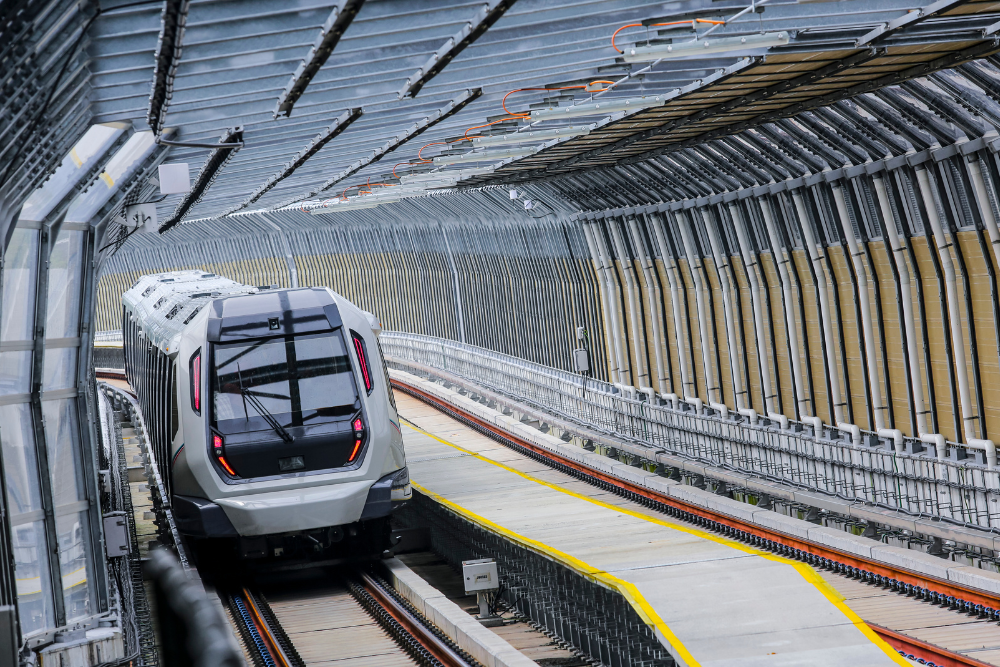
As Kuala Lumpur and other urban centers continued to expand, Malaysia’s public transport system became more integrated and diversified. The government invested heavily in improving infrastructure, creating more comprehensive networks to cater to the needs of a growing population.
The Mass Rapid Transit (MRT) System (2016)
In 2016, one of the most ambitious public transport projects in Malaysia’s history was completed—the Mass Rapid Transit (MRT) system. The MRT Sungai Buloh-Kajang (SBK) Line was the first of its kind, offering a high-capacity transit system that could handle a much larger volume of passengers compared to the existing LRT systems.
The introduction of the MRT system marked a major step forward in the modernization of Malaysia’s transport infrastructure. With modern, air-conditioned trains, longer routes, and greater frequency, the MRT has become a vital component of the Kuala Lumpur urban transport system.
High-Speed Rail (HSR) and Future Plans
Looking to the future, Malaysia has been planning an ambitious high-speed rail (HSR) project that will connect Kuala Lumpur to Singapore. This multi-billion-dollar project, expected to be completed in the 2020s, will revolutionize travel between the two cities, reducing travel time to just 90 minutes. The HSR will also be an important step toward greater regional integration in Southeast Asia.
5. The Future of Public Transport in Malaysia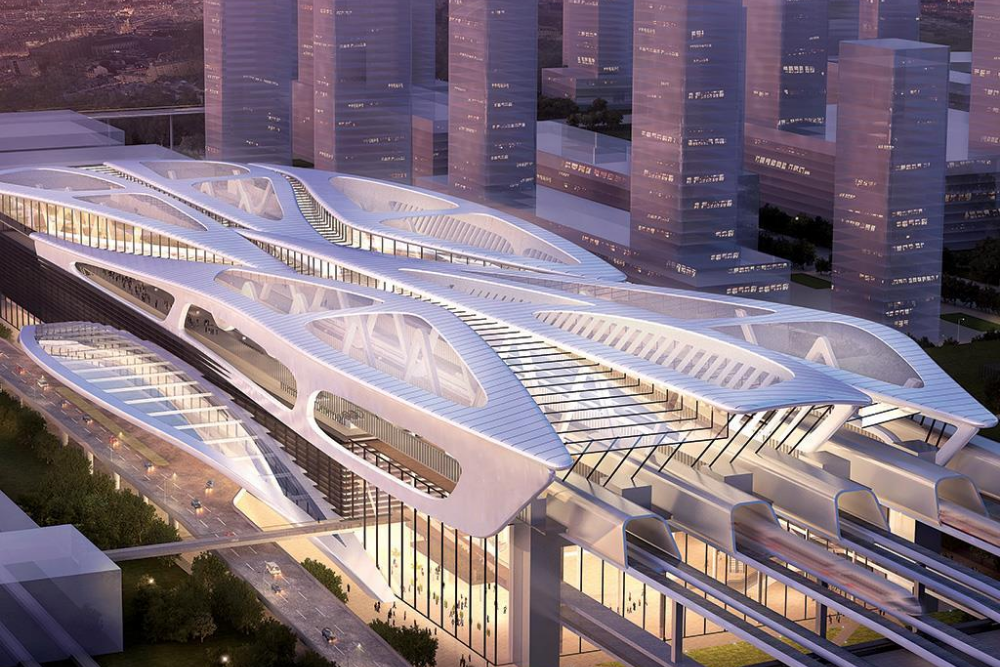
Looking ahead, Malaysia’s public transport system is set to undergo further modernization. The government has outlined plans to expand the MRT network, integrate more sustainable transport options like electric buses, and enhance the accessibility of public transport for all Malaysians.
Additionally, the ongoing development of driverless trains, the KL-Singapore high-speed rail, and smart transportation solutions will shape the next phase of Malaysia’s public transport system. The emphasis is also on making transport more eco-friendly and reducing the country’s carbon footprint.
Conclusion
The evolution of Malaysia’s public transport system reflects the country’s rapid growth and development over the past century. From traditional trams and buses to state-of-the-art MRT systems and plans for high-speed rail, Malaysia has continuously worked to modernize and expand its public transportation network to keep up with the demands of its cities and population.
As Malaysia continues to move toward a more sustainable and integrated transportation system, the future promises even greater innovations that will make traveling around the country easier, faster, and more environmentally friendly. The journey of Malaysia’s public transport system has been an exciting one, and it’s clear that the best is yet to come.



